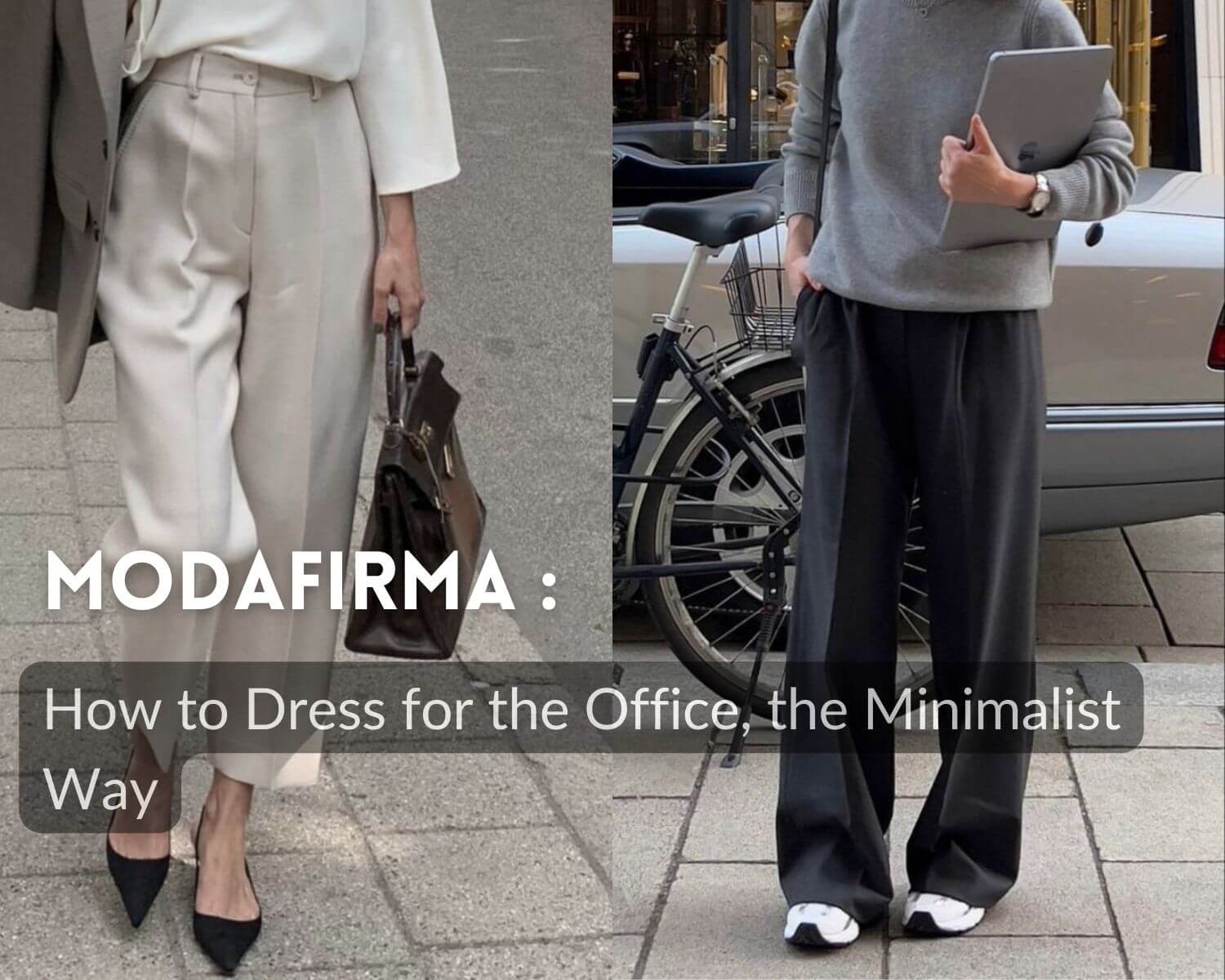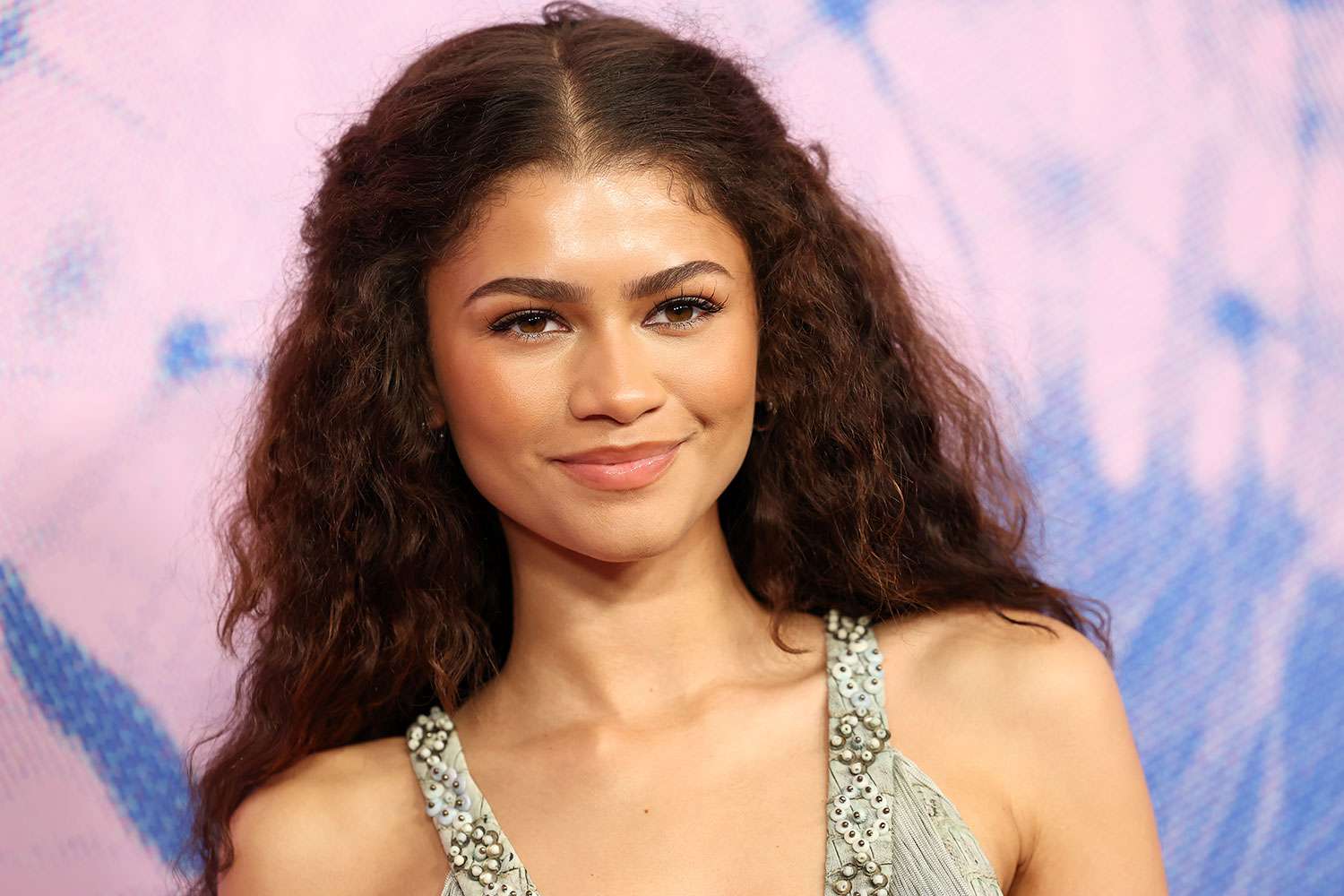Table of Contents
In December, Taylor Swift — Time’s Person of the Year — glittered in front of the camera in a black bodysuit, a floor-skimming chenille dress, and a studded bustier gown.
At first blush, you wouldn’t know that the chenille dress was one of Alaïa’s most beloved recent offerings or that the bustier gown was from the NYC-based brand Area, infamous for their campaigns featuring fake eyes and bejeweled death masks. Everything edgy about these original pieces had been sanded, smoothed, and rendered inoffensive — just how Swift likes it.
It is easy to forget that, despite selling a whopping 162 million records, Swift is a normal person with normal taste. It is also easy to forget that those record sales allow her an estimated $1.1 billion fortune, enough to wear any designer piece she wants or hire any stylist across the industry.
So why does she insist on mismatched outfits?
A swipe at several Taylor Swift style blogs will reveal trail sneakers with muddy fleeces, Ren Faire-approved dresses with Jean Paul Gaultier boots, and high-heeled Reformation loafers worn oddly with Chiefs sweatshirts. But these outfits aren’t the result of middling taste or fashion faux pas — they’re 100% strategic.
Crafting Swift’s public image
The Swiftian brand philosophy revolves around one essential idea: Swift is everyone’s best friend. In practice, that’s endearing positivity, such as friendship bracelets; starry-eyed intimacy, such as coded messages in her videos; and a strong emphasis on personal relatability, such as her fashion choices.
Luxury isn’t relatable. Your best friend probably isn’t wearing Balmain. She’s wearing a crochet top from H&M or trends, such as bike shorts and oversized T-shirts, well past their expiration date. Your best friend keeps adding a belt to everything she owns. Your best friend doesn’t know what “line” or “proportion” means and doesn’t seem to care.
In that, Swift can transcend ideas of celebrity and instead directly mirror her fans’ lives. Swift sings about the interior worlds of young women; she speaks like them and even dresses like them. To imagine Swift taking aesthetic risks and opting for glamour is to imagine a Swift who actively rejects her audience.
Swift also shops where her fans shop, from Zara to J. Crew — a strategy that has evolved smoothly from era to era. During the release of her 2012 album “Red,” she was frequently spotted in indie-twee polka dots and saddle shoes from then-giants Urban Outfitters and ModCloth. During “Reputation,” she wore Madewell and Forever 21 hoodies; during “Folklore,” Free People and Doên cottage dresses. These choices are attainable, predictable, and unthreatening — purchases your best friend made during a mall shopping spree.
Lauren Sherman, a fashion correspondent at Puck News, astutely labeled Swift’s style “Anthropologie Gone Wild” — mismatched, outdated, pedestrian, but instinctual. “She knows her audience, and everything she does is, in some way or another, catering to that audience, whether it’s purposeful or subconscious,” Sherman told me.
Swift’s wealth is an aesthetic tool
One of the criticisms Swift’s detractors frequently levy at her is that her wealth allows her to dress lavishly, yet she infrequently does.
The New York Times wrote that Swift’s onstage and red-carpet stylist is Joseph Cassell Falconer, who dressed Swift for the Eras Tour in bedazzled Zuhair Murad bodysuits and high-performing Louboutin boots. But there’s no evidence suggesting he’s solely responsible for her candid, off-duty outfits — meaning that Swift’s everyday, anodyne choices are hers.
Cookie Cohen, who runs the Instagram account @youbelonginthis, which re-styles Swift’s candid and red-carpet outfits, said Swift’s quiet approach to wealth is doing more harm than good. “Seeing Taylor, someone I feel aligned with, time and again forgoing the resources at her fingertips, feels like a disservice,” Cohen told me. “From a streetwear standpoint, it’s comforting seeing her in fast fashion we can afford, but with today’s environmental crisis, it’s hard to watch her sometimes promote fast fashion instead of wearing sustainable or substantial vintage pieces that her team could source for her.”
Swift is no stranger to claims of anti-environmentalism, most notably her persistent private-jet usage, which led to 8,000 tons of CO2 emissions in 2022. With that in mind, downplaying her wealth is essential to Swift’s public goodwill. A photographed shopping spree here or a ride in a sports car there could call her entire brand into question. By dressing blandly, Swift can hide all of that — even if it means wearing Aritzia.
How Swift’s style may change — or not
In recent months — or, if you track things in eras, since the release of her 2022 album “Midnights” — Swift has experimented with designer garments and textures, from The Row to Yves Saint Laurent. Despite the higher price point of these pieces, they’re still styled errantly — from floppy proportions to abominable color palettes. The Swiftian brand philosophy churns onward: even your rich best friend can’t build a good outfit.
Cohen noted where Swift is lacking. “For red-carpet looks, I want simple, elegant, flattering — she constantly misses on all these marks. I don’t want any more silver on her, it washes her out,” she said. “She needs to utilize her long lean body and wear gowns that flatter her. She also over-accessorizes, and it doesn’t even distract from her ill-fitted clothes.”
Many celebrities have ditched the “face-of” paradigm and opted to act as brand owners, creative directors, and tastemakers, such as Pharrell Williams at Louis Vuitton and Rihanna at Fenty. Swift’s entrepreneurial spirit and recognizable-if-polarizing style proffer an idea: What if Swift launches her own brand?
Sherman suggested that it’s a matter of when, not if. “The reason Pharrell is working is because it was so convincing. He’s been running his own fashion brand for 20 years. Something at that scale is a real job, not just a dip-in and dip-out situation. But I could see her launching her own brand, or doing something along the lines of what Angelina Jolie is doing.”
The nature of Swift’s eras behooves Swift to pivot quickly, adopt different personas, and shroud herself in costume. But if this is the end of her capital-E eras — then it’s high time for Swift to show us where her aesthetic sensibilities truly lie.



